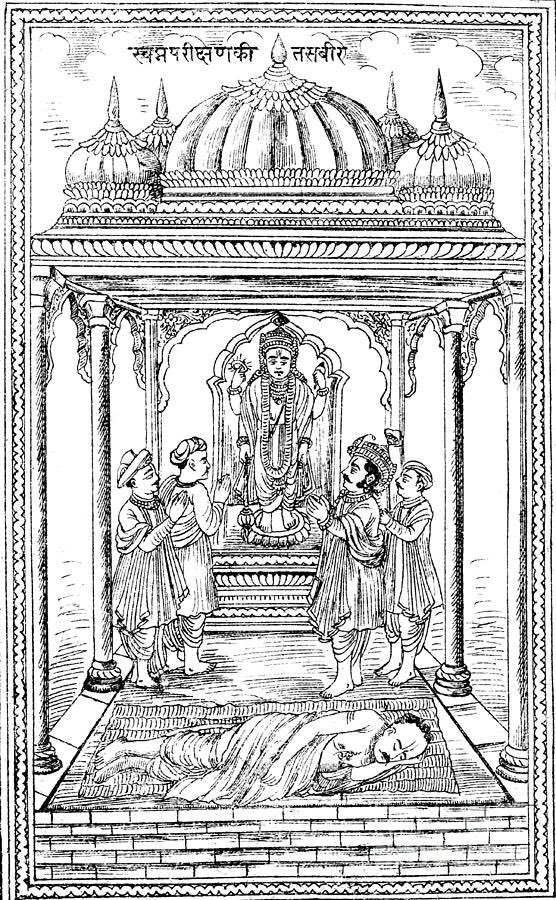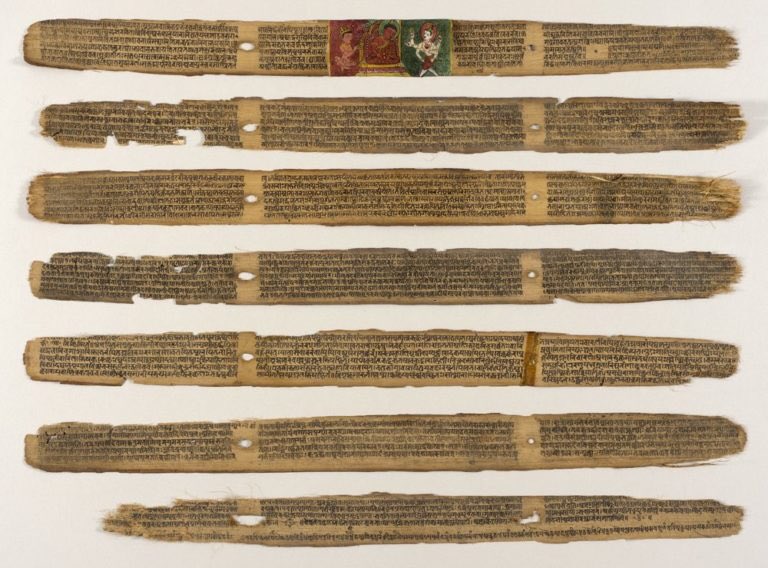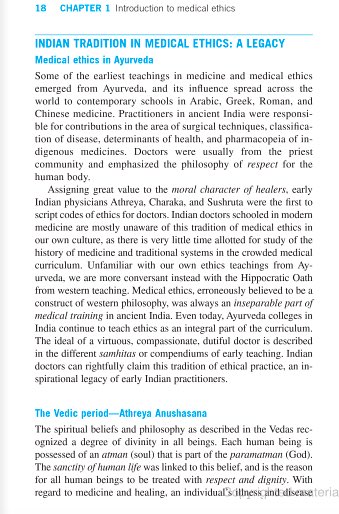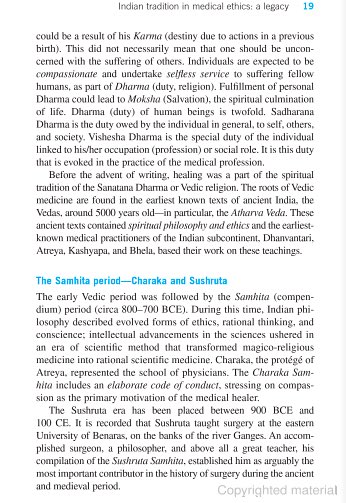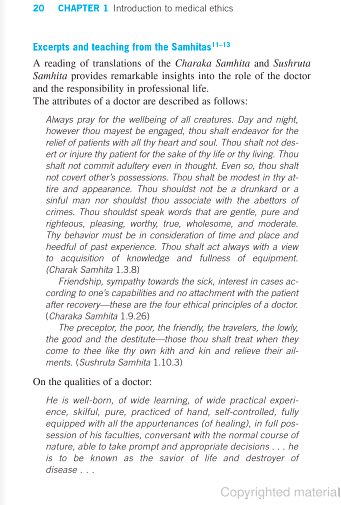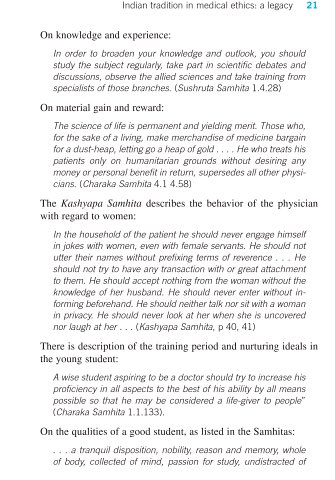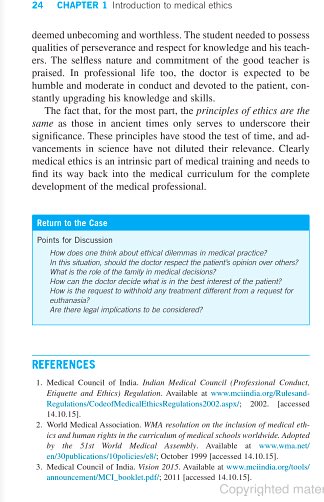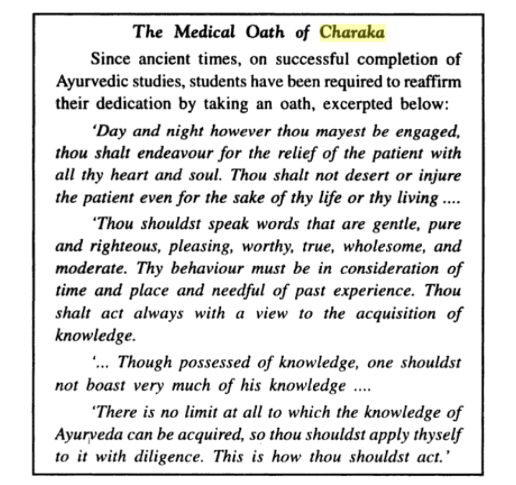Thread: Antiquity of Medical Ethics in India
Medical ethics, erroneously believed to be a part of western philosophy and medical training, has always been an inseparable part of medical education in ancient India and inspirational legacy of ancient physicians. (pic:Dhanvantari)
Medical ethics, erroneously believed to be a part of western philosophy and medical training, has always been an inseparable part of medical education in ancient India and inspirational legacy of ancient physicians. (pic:Dhanvantari)
Ancient India's contributions to ethics and surgical training are remarkable - and, almost 3000 years later, continue to have great relevance, given current concerns about the erosion of value systems of medical practice.
Adoption of allopathic drugs and western system of medical education in India during the colonial period has resulted in Indian physicians forgetting the ethical and moral principles outlined by Ayurvedic texts and has made them more familiar, instead, with the Hippocratic Oath.
In this era of enormous technical advances and innovative therapies, the influence and power of crass materialism and rampant commercialisation grows ominously.
In ancient India, medical ethics was an important feature of the curriculum, duly emphasised by teachers.
In ancient India, medical ethics was an important feature of the curriculum, duly emphasised by teachers.
Ayurveda calls upon the physician to treat the patient as a whole: ‘Dividho jayate vyadih, Sariro manasasthatha, Parasparanz tavorjanma, Nirdvadvam nopalahhyate.(Diseases occur both physically and mentally, and though each might be dominant, they cannot be compartmentalised).
The ideal virtuous, compassionate and dutiful doctor is described with great care in the samhithas.
Charaka (likely 400-200BC) the protégé of Atreya, represented the school of physicians. The Charaka Samhita prescribes an elaborate code of conduct with humanistic ideals,
Charaka (likely 400-200BC) the protégé of Atreya, represented the school of physicians. The Charaka Samhita prescribes an elaborate code of conduct with humanistic ideals,
emphasised by his statement: 'No other gift is better than the gift of life'.
He clearly outlined four ethical principles of a doctor: 'Friendship, sympathy towards the sick, interest in cases according to one's capabilities and no attachment with the patient after his recovery'.
He clearly outlined four ethical principles of a doctor: 'Friendship, sympathy towards the sick, interest in cases according to one's capabilities and no attachment with the patient after his recovery'.
“Those who trade their medical skills for personal livelihood can be considered as collecting a pile of dust, leaving aside the heap of real gold'.
His advice to physicians: He who practices not for money but regards bhuta daya (compassion of all living beings) as the highest
His advice to physicians: He who practices not for money but regards bhuta daya (compassion of all living beings) as the highest
religion fulfils his mission (sidhartah) and obtains supreme happiness.
Susrutha (~900-500 BC) taught surgery at the University of Benaras, on the banks of the river Ganges. An accomplished surgeon, philosopher and teacher, and his compilation the Susruta Samhita is a monumental
Susrutha (~900-500 BC) taught surgery at the University of Benaras, on the banks of the river Ganges. An accomplished surgeon, philosopher and teacher, and his compilation the Susruta Samhita is a monumental
treatise of seminal value, establishing him as the brightest jewel in the history of surgery in the ancient and medieval period.
Allen O Whipple commented in 1963 that, 'All in all, Susruta must be considered the greatest surgeon of the medieval period'.
Allen O Whipple commented in 1963 that, 'All in all, Susruta must be considered the greatest surgeon of the medieval period'.
K K Bhishagratna, the highly respected authority on the life and works of Susruta, wrote: 'To Susruta may be attributed the glory of elevating the art of handling a lancet or forceps to the status of a practical science'.
Susrutha Samhita: ‘Thou shalt clip thy nails and hair close, observe cleanliness . . . and dedicate thyself to the observance of truth, celibacy and the salutation of elders… ‘
‘The preceptor, the poor, the friendly, the travellers, the lowly, the good and the destitute – those
‘The preceptor, the poor, the friendly, the travellers, the lowly, the good and the destitute – those
thou shalt treat when they come to thee like thy own kith and kin and relieve their ailments…’
On Euthanasia:
Charaka championed “good death” and
Jain philosophy (Bhagavati-Aradhana) has long permitted the embrace ritual death under the following conditions:
On Euthanasia:
Charaka championed “good death” and
Jain philosophy (Bhagavati-Aradhana) has long permitted the embrace ritual death under the following conditions:
-when one suffers from an incurable disease,
-when one encounters severe famine,
-when one encounters conditions that make the maintenance of one’s spiritual life impossible.
-when one encounters severe famine,
-when one encounters conditions that make the maintenance of one’s spiritual life impossible.
Sources: https://ijme.in/articles/medical-ethics-in-india-ancient-and-modern-i/?galley=html
https://ijme.in/articles/medical-ethics-as-prescribed-by-caraka-susruta-and-other-ancient-indian-physicians/?galley=html
http://www.scielo.org.za/scielo.php?script=sci_arttext&pid=S0256-95742008000300024
https://www.ayurveda.com/resources/articles/the-ancient-ayurvedic-writings
https://ijme.in/articles/medical-ethics-as-prescribed-by-caraka-susruta-and-other-ancient-indian-physicians/?galley=html
http://www.scielo.org.za/scielo.php?script=sci_arttext&pid=S0256-95742008000300024
https://www.ayurveda.com/resources/articles/the-ancient-ayurvedic-writings

 Read on Twitter
Read on Twitter